When you are trying to live a health-conscious life as a parent, you are more aware of what you are feeding your kids. In a society where convenience takes precedence in so many areas of life, including what we eat, this endeavor can be challenging. However, your children are counting on you to help them develop healthy habits that they can take with them well into adulthood. Yet, running to the grocery store and grabbing pre-packaged foods can make life so much easier. It’s easy to overlook the ingredients present in our daily foods. This in itself is not always a bad thing, but it’s never too late to become more aware of what is in our child’s food. That is why we created a list taking a look at the most sodium-packed foods you are likely feeding your kids.
How Much Sodium Do Our Bodies Really Need?
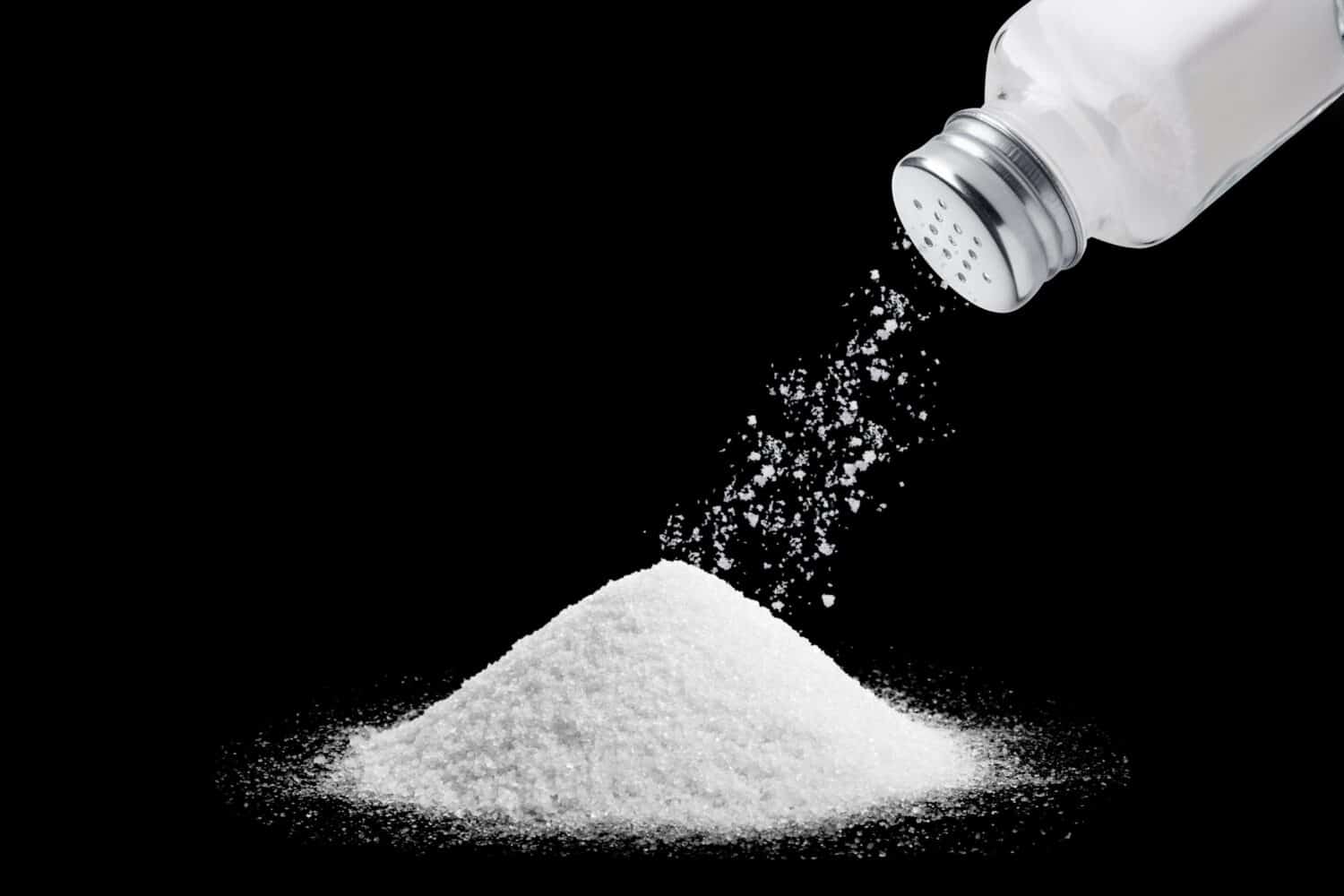
©Kittiphan Dusdeeworaruk/Shutterstock.com
Sodium is a mineral that our bodies actually need. The mineral itself is not a bad thing, yet when we consume way more than our body needs on a daily basis, then we are increasing our risks of health conditions like heart disease and hypertension.
Sodium helps our body perform daily functions, keeps a balance of body fluids, and helps our nerves and muscles work correctly. However, if you have too much sodium in your diet, then it can cause your blood pressure to rise.
Our bodies need only a small amount of sodium to help with blood volume and muscle and nerve function though. For adults, the maximum recommended amount is 2,300 milligrams. To put that amount in perspective, it’s actually around one teaspoon of table salt. As for our children, the recommendation of sodium in their diet is actually lower, between 1,200-1,800.
How Much Sodium Do Americans Eat Daily?
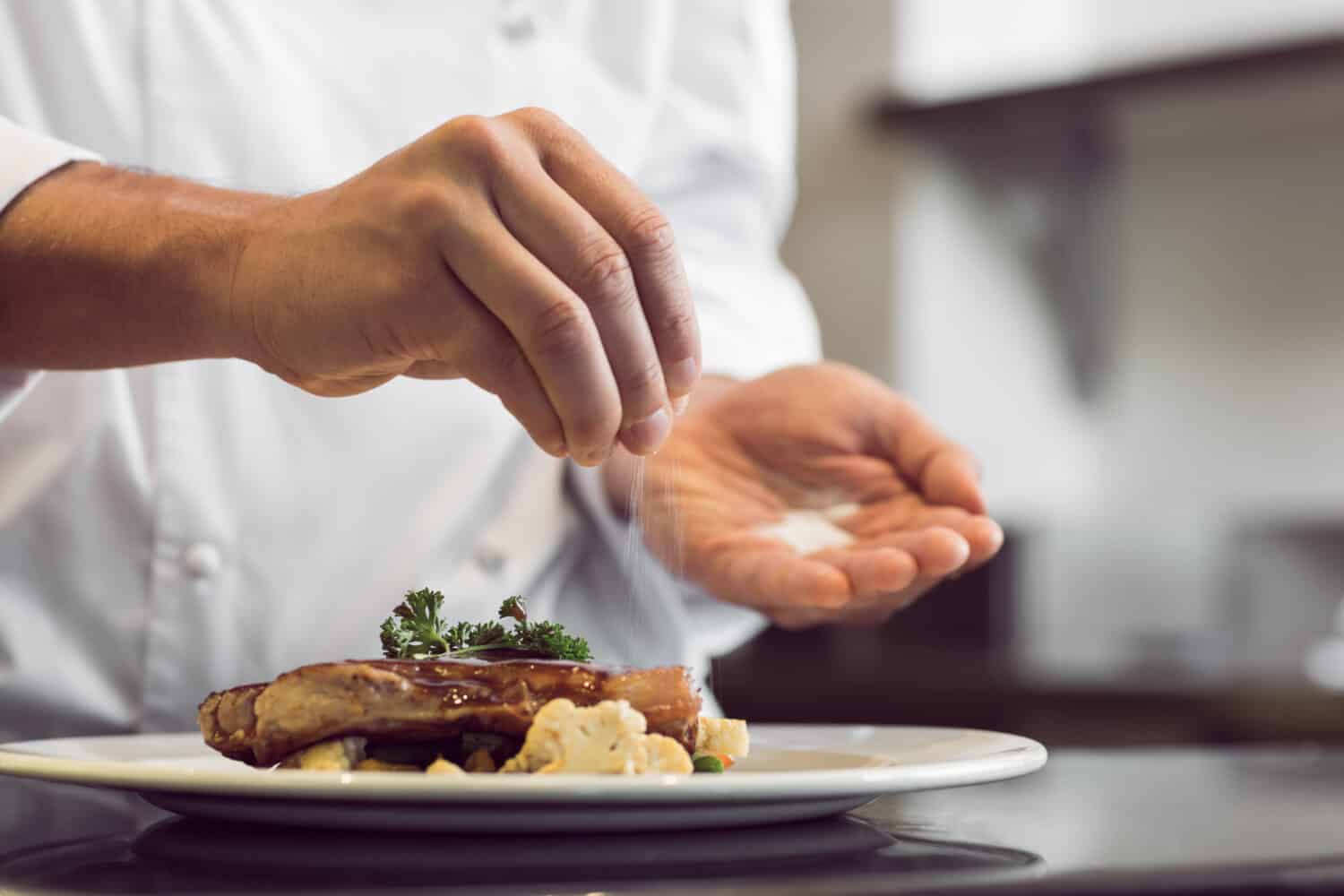
©wavebreakmedia/Shutterstock.com
With the amount of food being processed and marketed to the public, it is easy for the sodium to add up. According to the FDA, the average Americans eat around 3,400 mg of sodium every day.
You may be asking yourself, if we need so little, why in the world is there so much sodium in our food? One reason is that this mineral is so versatile. Sodium is often used to cure meats, thicken soups, and add flavor. It is also used as a preservative.
While it can be tempting to think that you will know if the food is high in sodium by taste, this isn’t entirely true. Many foods that are high in sodium don’t necessarily taste salty. Therefore, it’s important to check labels if you want to keep track of the sodium-packed foods you and your family eat.
Potato Chips
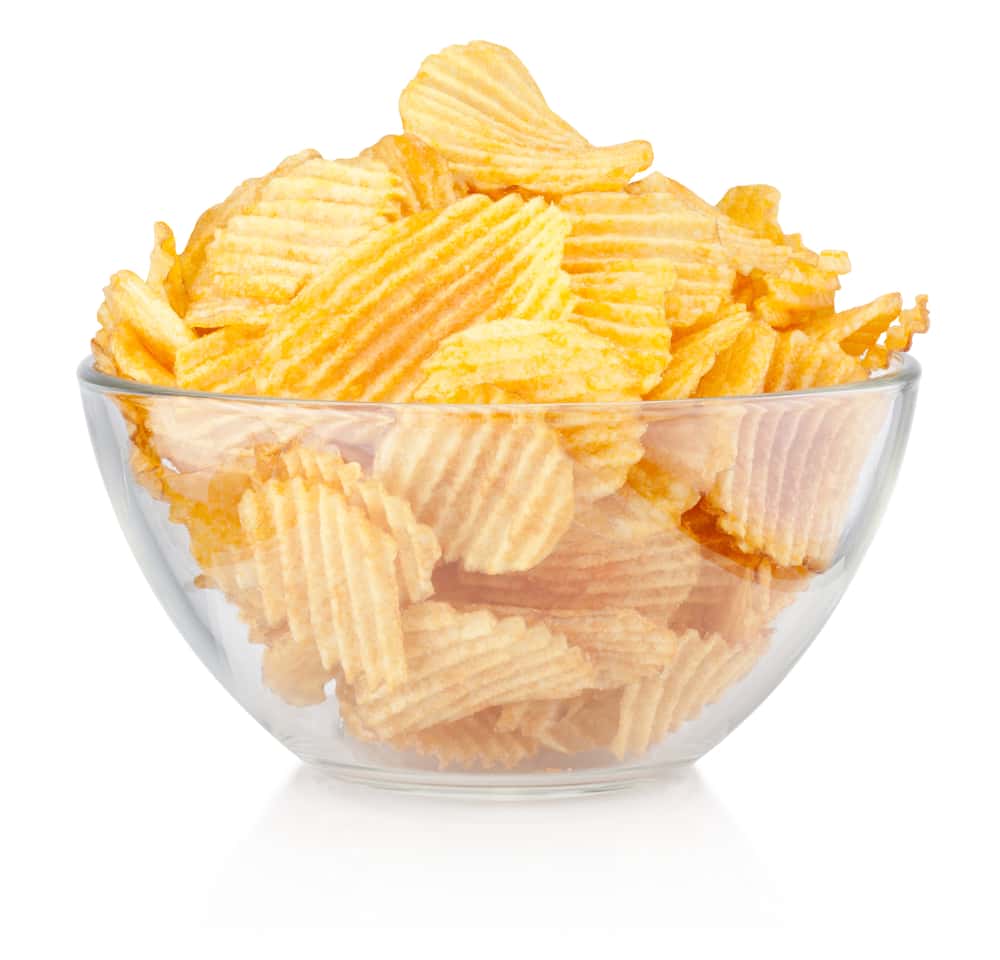
©Tarasyuk Igor/Shutterstock.com
Potato chips are probably the one sodium-packed food on this list that makes you say, well, duh. Of course, potato chips contain high amounts of sodium. What makes it worse, though, is that chips are highly addictive. It’s easy for someone to sit down and consume a whole bag without realizing it sometimes. (Especially children.)
To put it in perspective, one bag of Lays potato chips that is 2.875 ounces has approximately 169.96 mg of sodium. While this is high, it may come as a surprise to you that there are foods out there that contain more sodium than chips, even some that seem healthy.
Cottage Cheese
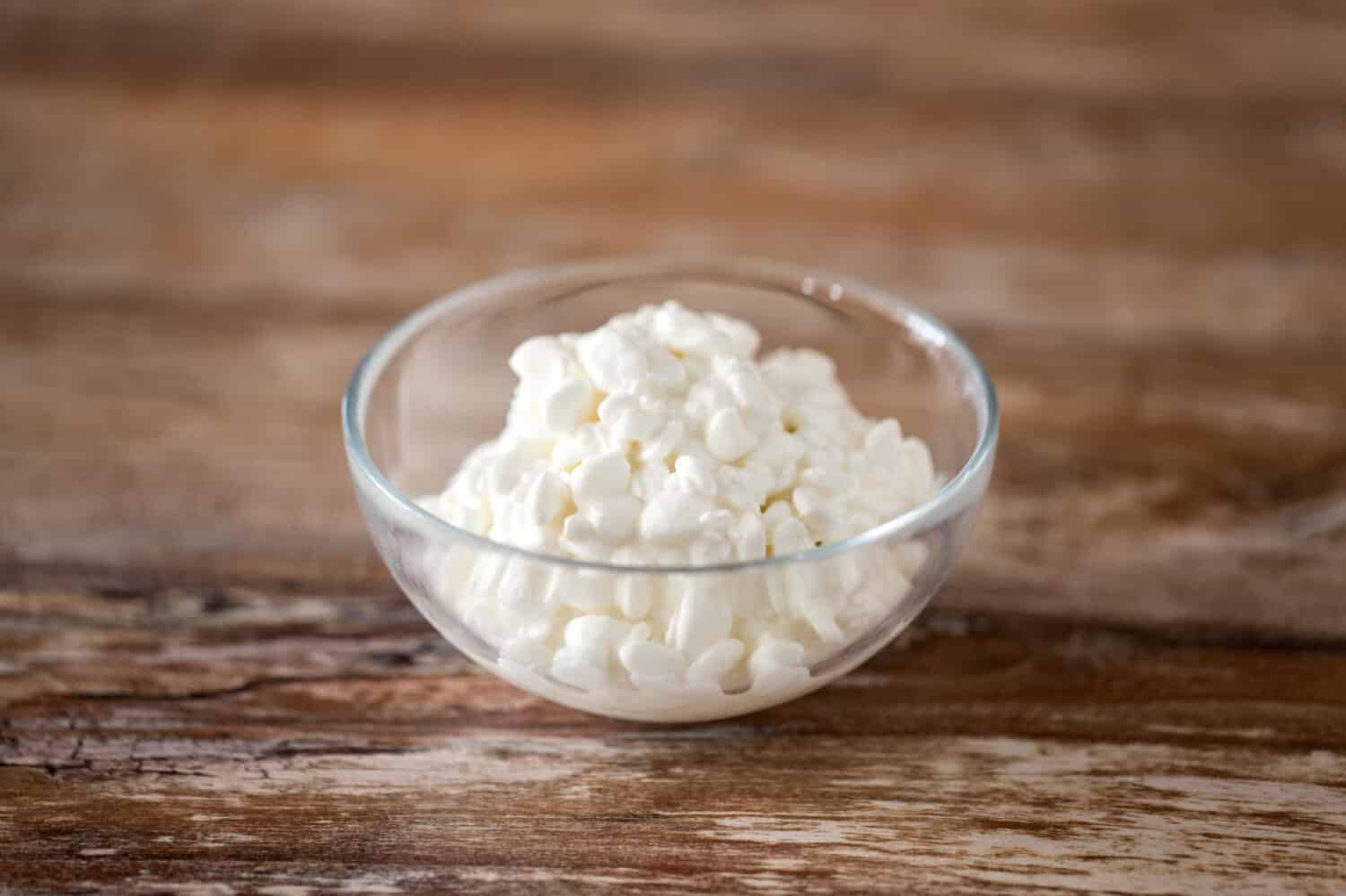
©Ground Picture/Shutterstock.com
One of the foods that have more sodium than chips is actually cottage cheese. Cottage cheese is on the “healthy” side of food because it has plenty of protein that is great for our bodies.
Yet, depending on the brand, cottage cheese also can have anywhere between 300 to 900 milligrams of sodium.
Processed Cheese
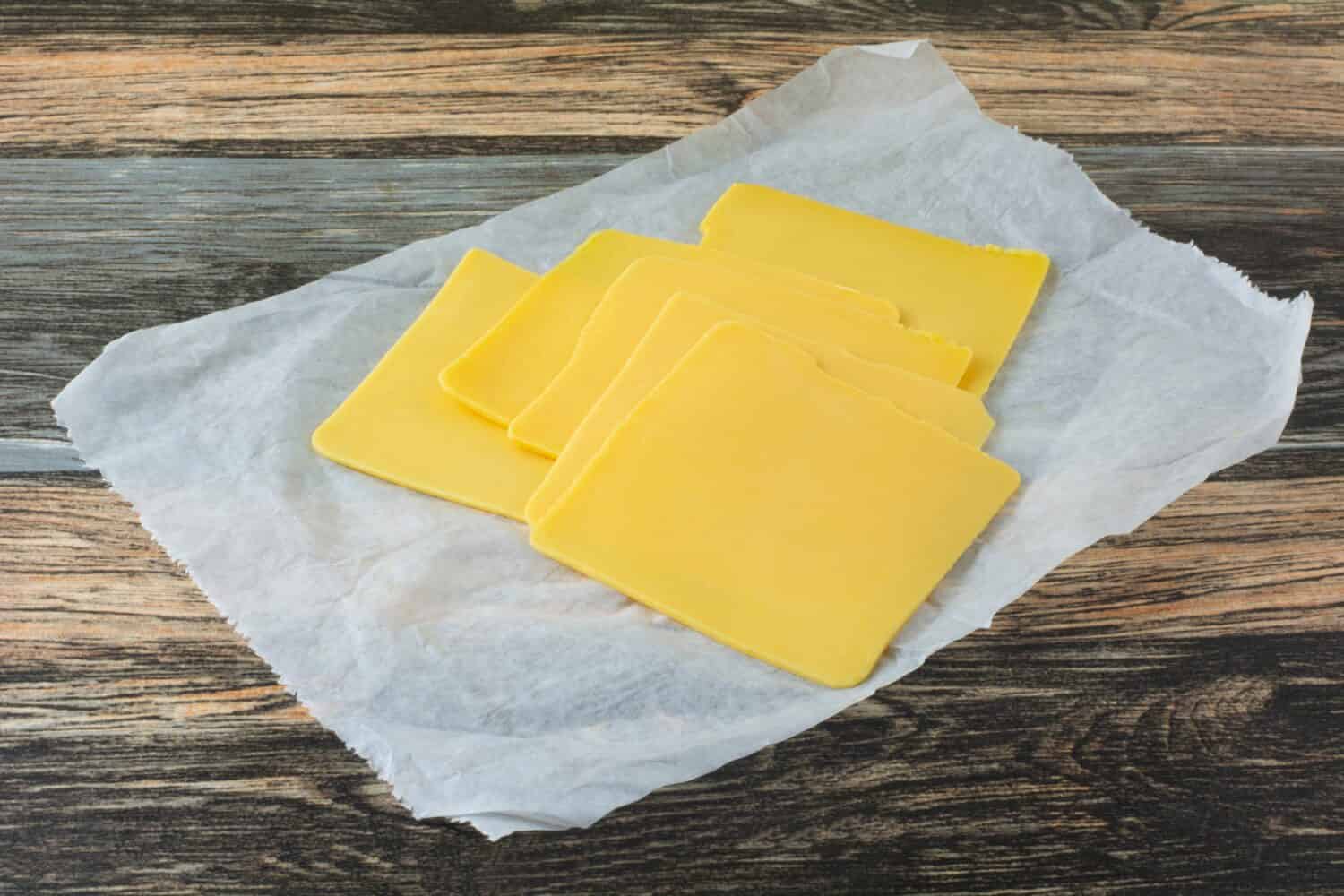
©Merrimon Crawford/Shutterstock.com
Another one of the sodium-packed foods is processed cheese. Since it’s a highly processed product, it makes sense that salt is added in order to preserve it. The amount of sodium in the processed cheese varies depending on type and brand. However, as an example, let’s take a look at American cheese.
In one slice of American cheese, there are around 368 milligrams of sodium.
Pretzels

©art nick/Shutterstock.com
Pretzels are a savory snack that has gained the reputation of being healthier than chips.
It’s true that pretzels do often have less calories than chips and the saturated fat is also lower. But when it comes to sodium, pretzels actually have more (much of the time.)
According to EatingWell, a medium soft pretzel has approximately 233 milligrams of sodium. Furthermore, the hard snack salted pretzels that so many love to eat with their sandwiches can have around 352 milligrams of sodium per serving.
Pizza
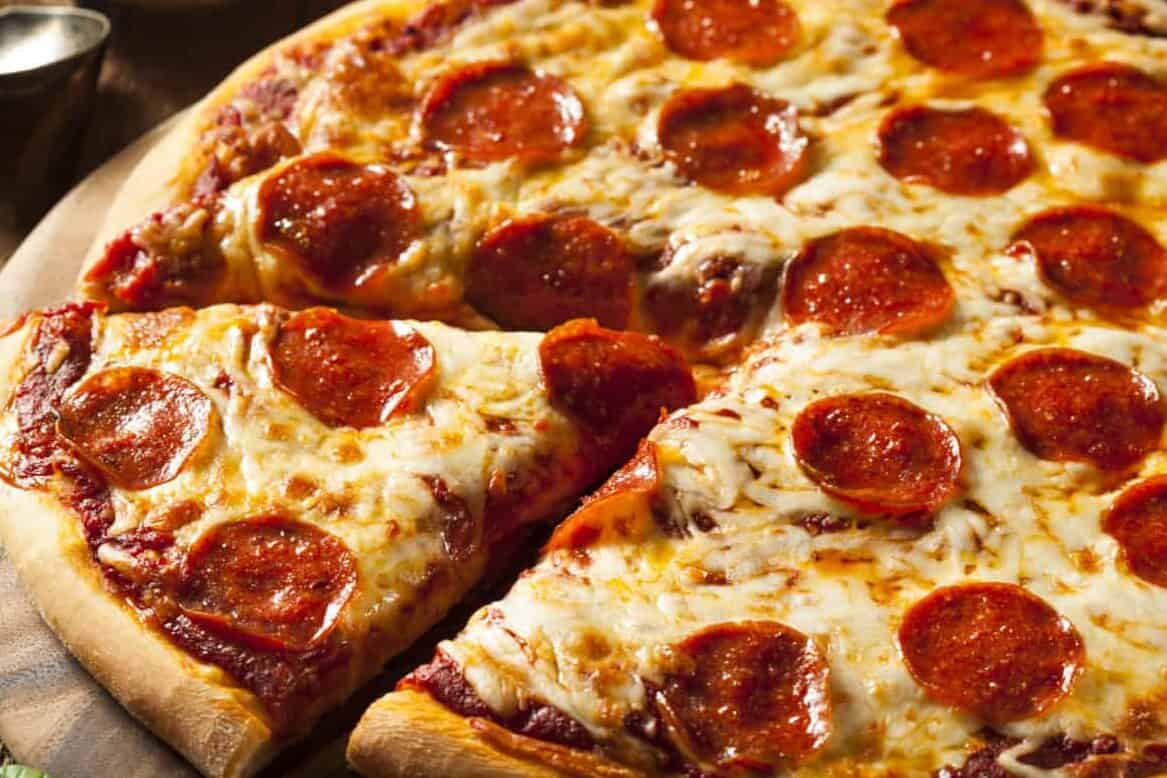
©Brent Hofacker/Shutterstock.com
What is better than getting off work and school and having pizza for dinner? It’s easy and convenient. So many Americans choose to order pizza out because the ease makes cleaning up a breeze, and it means less time cooking and more time with family. It’s a win-win, right?
While there are so many different types of pizza to choose from, from meat lovers to all veggie, it’s clearly not the healthiest choice for dinner. On top of the calories that are in a slice of pizza, there can also be a ridiculous amount of sodium, in just one slice! According to FatSecret, in one slice of regular crust cheese pizza (a kid’s favorite), there are around 462 milligrams of sodium.
In a meat and vegetable pizza, there are around 646 milligrams of sodium. Eating just one slice brings a child very close to their daily allowance of sodium, depending on their age.
Canned Vegetables
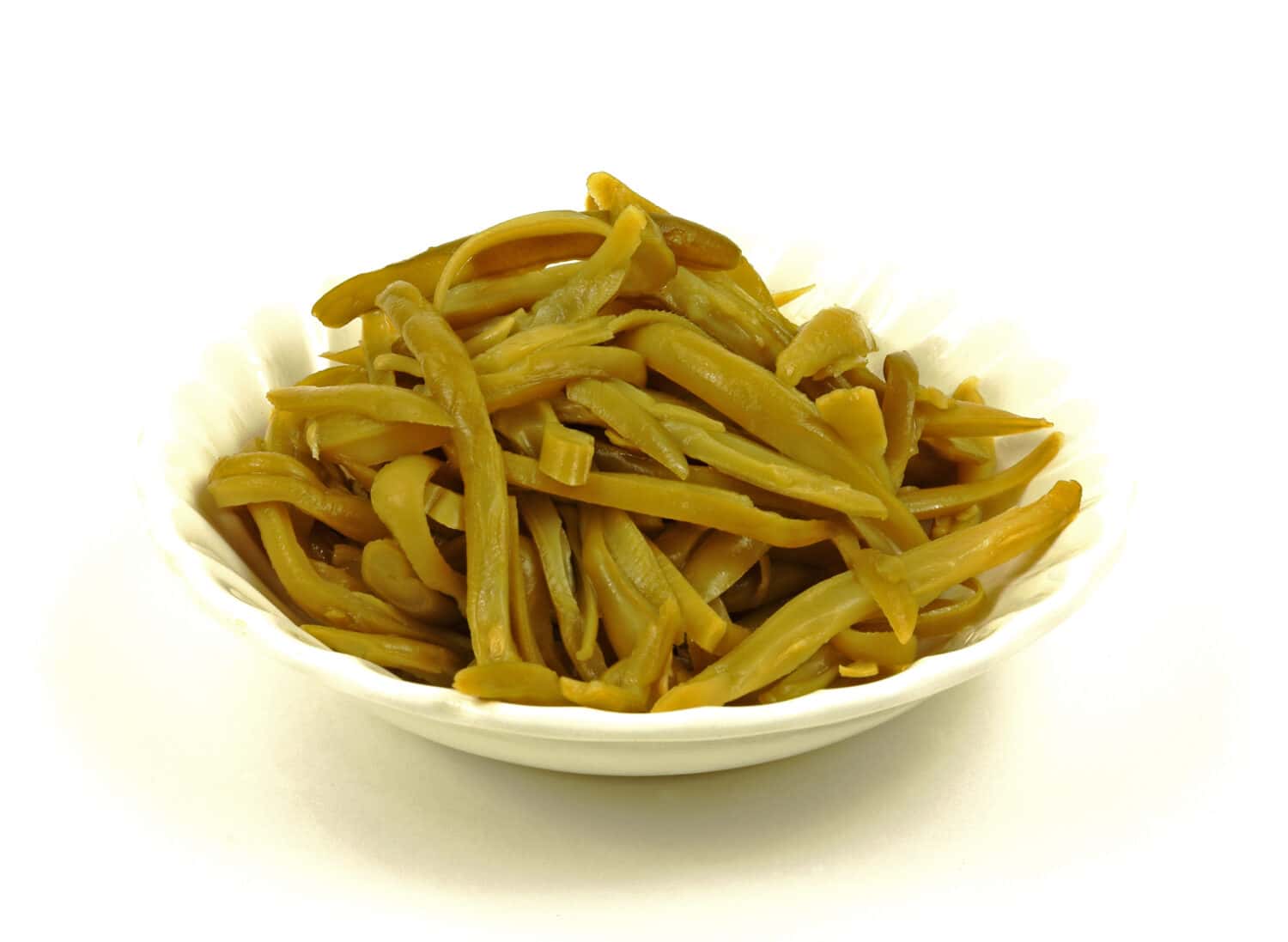
©Louella938/Shutterstock.com
Canned vegetables can make dinner prep a breeze. Just grab the vegetables, place it on the stove, and let them cook. Right? Yet, since canning is a preservation method, it’s no surprise that canned vegetables actually contain a higher amount of sodium. Of course, one way to cut back on the sodium in canned vegetables is to choose low-sodium options.
The amount of sodium in each can of vegetables will vary. However, according to USDA.gov, green beans left in the canning liquid can have between 215-259 milligrams of sodium, sweet corn between 189-219, and sweet peas between 210-328.
Another way to reduce the amount of sodium within canned vegetables is to drain them from the liquid and rinse them before cooking.
Bread
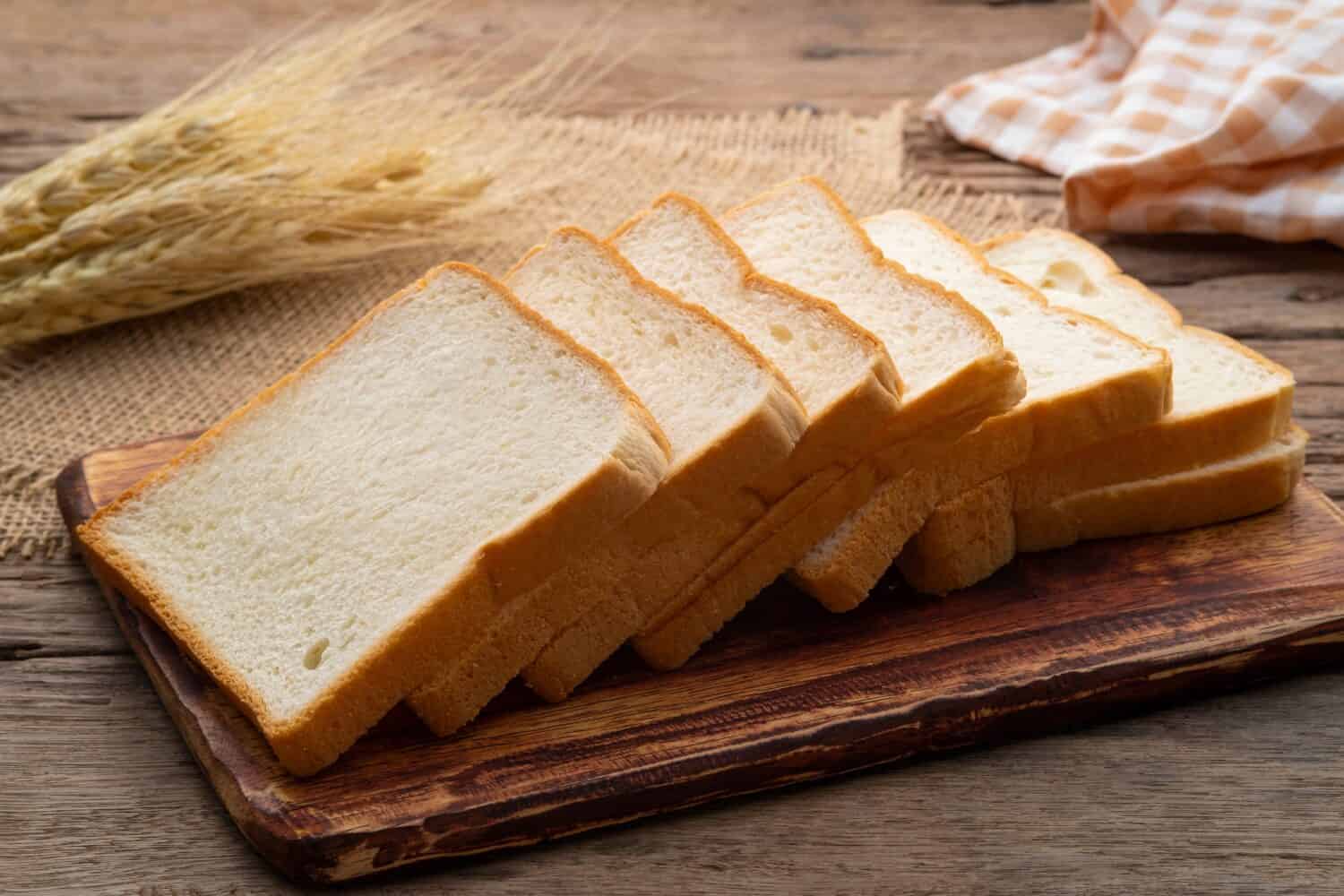
©Kritchai7752/Shutterstock.com
Bread is a savory food that goes great as a side or with a sandwich. Yet, it’s possible that your bread has more sodium than you realize. There can be around 340 milligrams of sodium in two slices of white bread, 304 milligrams in two slices of sourdough bread, and 422 in two slices of rye bread.
Since sandwiches are a quick and cheap lunch option, the sodium can quickly add up just with your two slices of bread.
Cold Cuts

©GSDesign/Shutterstock.com
To add to that midday sandwich, the type of cold cuts you put on it can make or break your sodium intake for the day. According to Gesinger.org, salami contains around 590 milligrams of sodium, and turkey has around 440 milligrams.
However, there are low-sodium options if you love sandwiches. Look for packages labeled no salt added or lower sodium.
Chicken
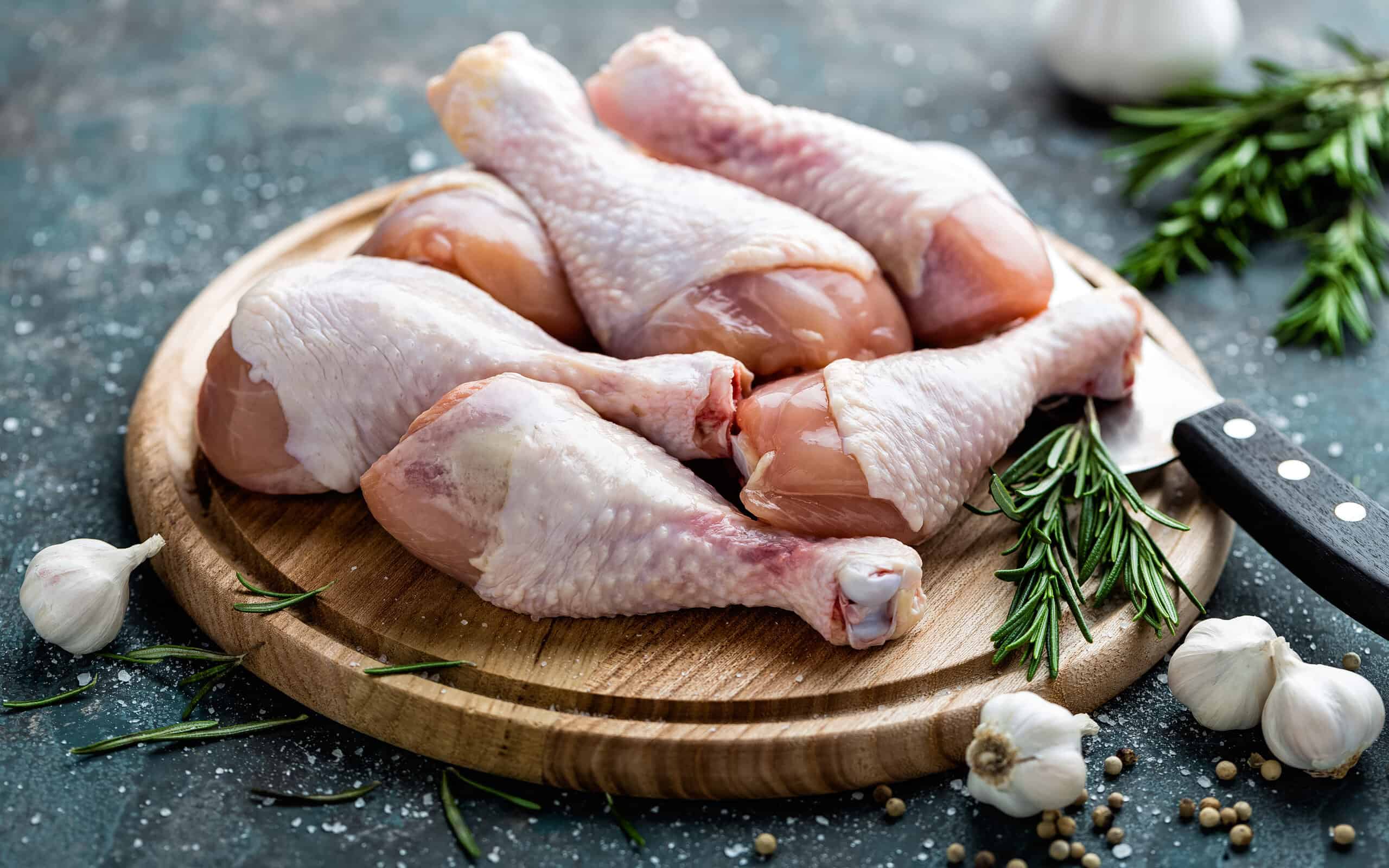
©Sea Wave/Shutterstock.com
Another food that we love to eat as health-conscious people is chicken. Although chicken is slightly lower in calories than, say, hamburger, it can still be higher in sodium.
The type of chicken you cook or order matters. One roasted chicken breast can have around 127 milligrams of sodium, while fried chicken breast can have around 770 milligrams of sodium.
Crackers
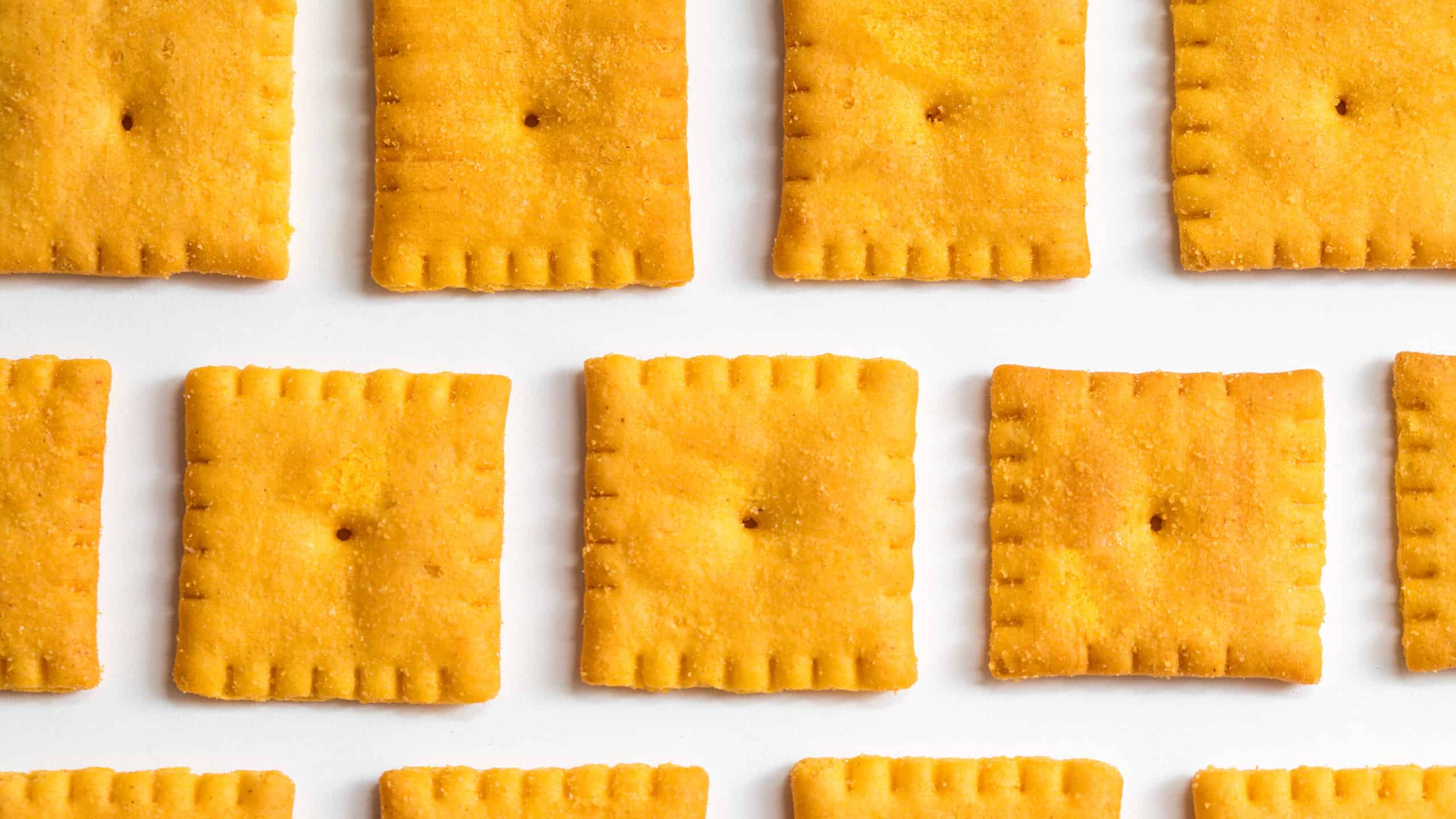
©Duntrune Studios/Shutterstock.com
Crackers are a fun and easy snack that so many kids love. They come in different shapes (like turtles, goldfish, and penguins.) Crackers also have a variety of flavors to choose from. You have your Graham crackers, saltines, Ritz, and even cheddar.
The variety means that the amount of sodium in your child’s cracker snack is dependent on several factors. One saltine cracker has around 32 milligrams of sodium. Of course, it’s difficult to just stop at one cracker. So, one cup of saltine crackers can contain up to 482.
Additionally, one cup of crushed whole wheat crackers can have up to 619 milligrams while one cup of crushed Graham crackers has around 508 milligrams. If your child is a fan of crackers, it’s okay to be choosy about which brands and types they have.
One Last Note
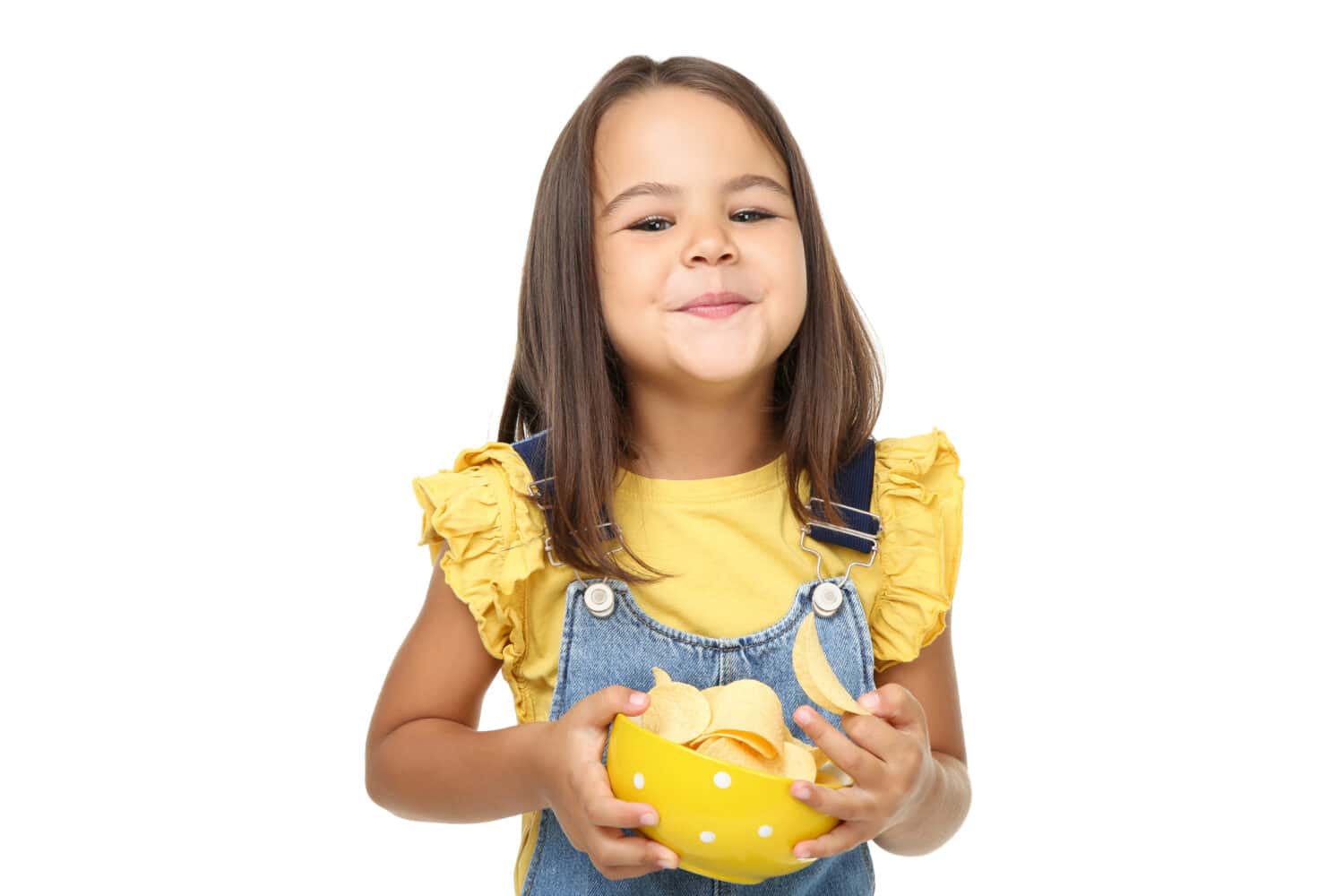
©5 second Studio/Shutterstock.com
When choosing what to feed our kids, there are so many details that we have to be mindful about. Sodium is a mineral that can build upon itself in our blood if our kidneys can’t release enough.
If your child consistently eats a diet that is high in sodium, chances are they may have to face health challenges as they grow older. It’s always a good idea as a parent to teach our children to become mindful of what they are eating to fuel their bodies while they are young. If we do, then they may have an easier time making healthier choices as an adult. That is why it is important to be mindful of these sodium-packed foods you may be feeding your children.
The image featured at the top of this post is ©villagemoon / Getty Images.
